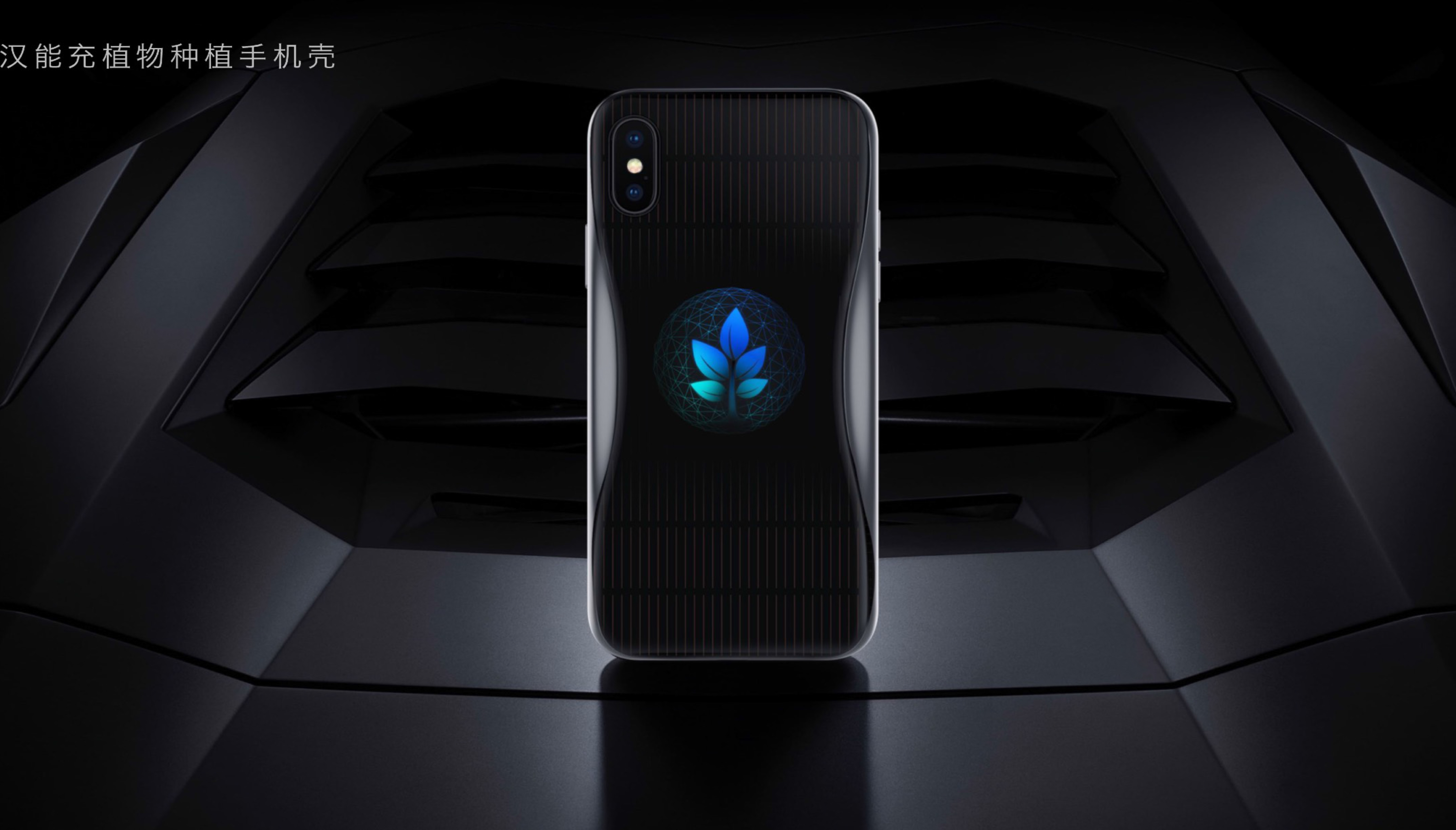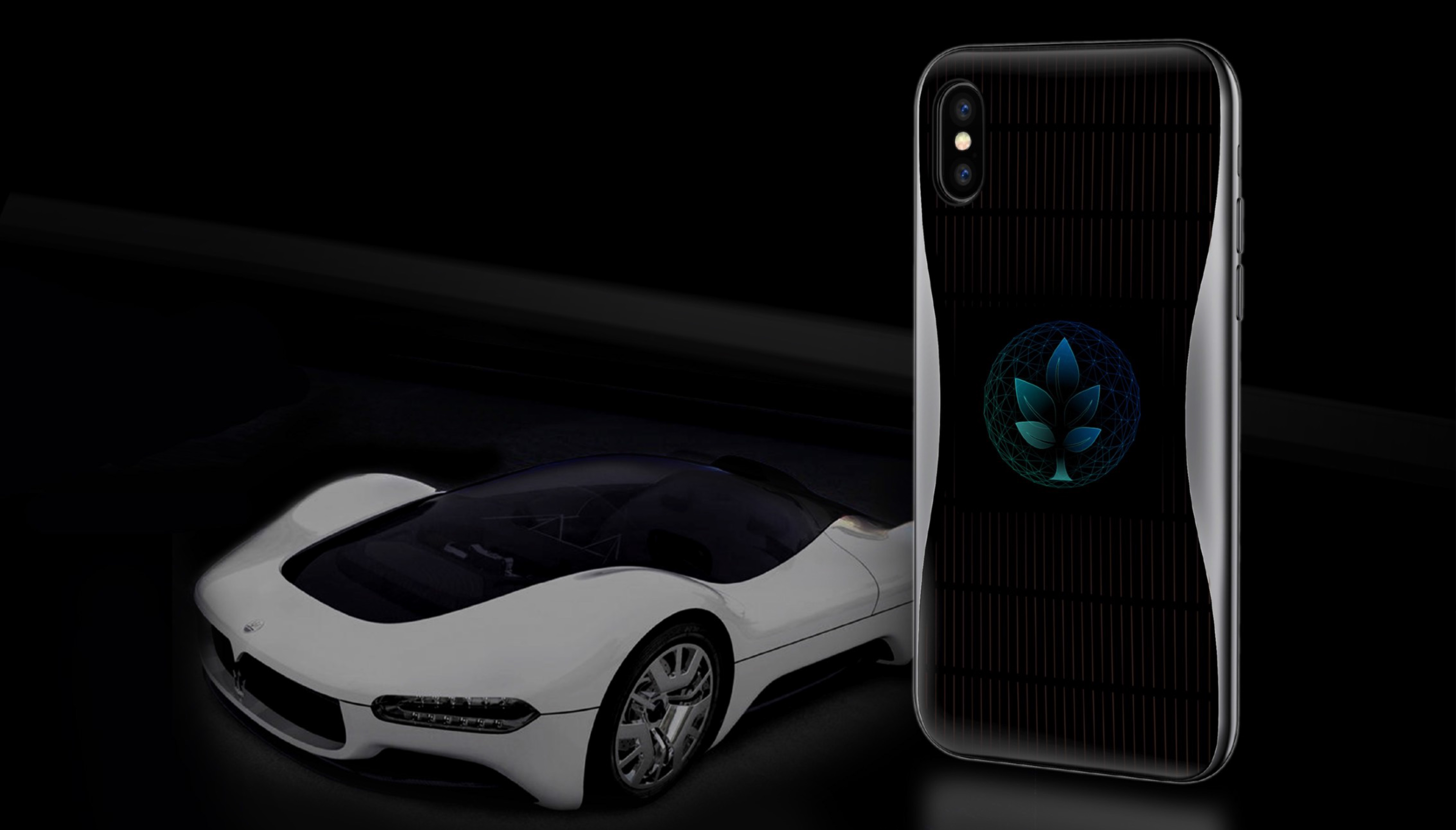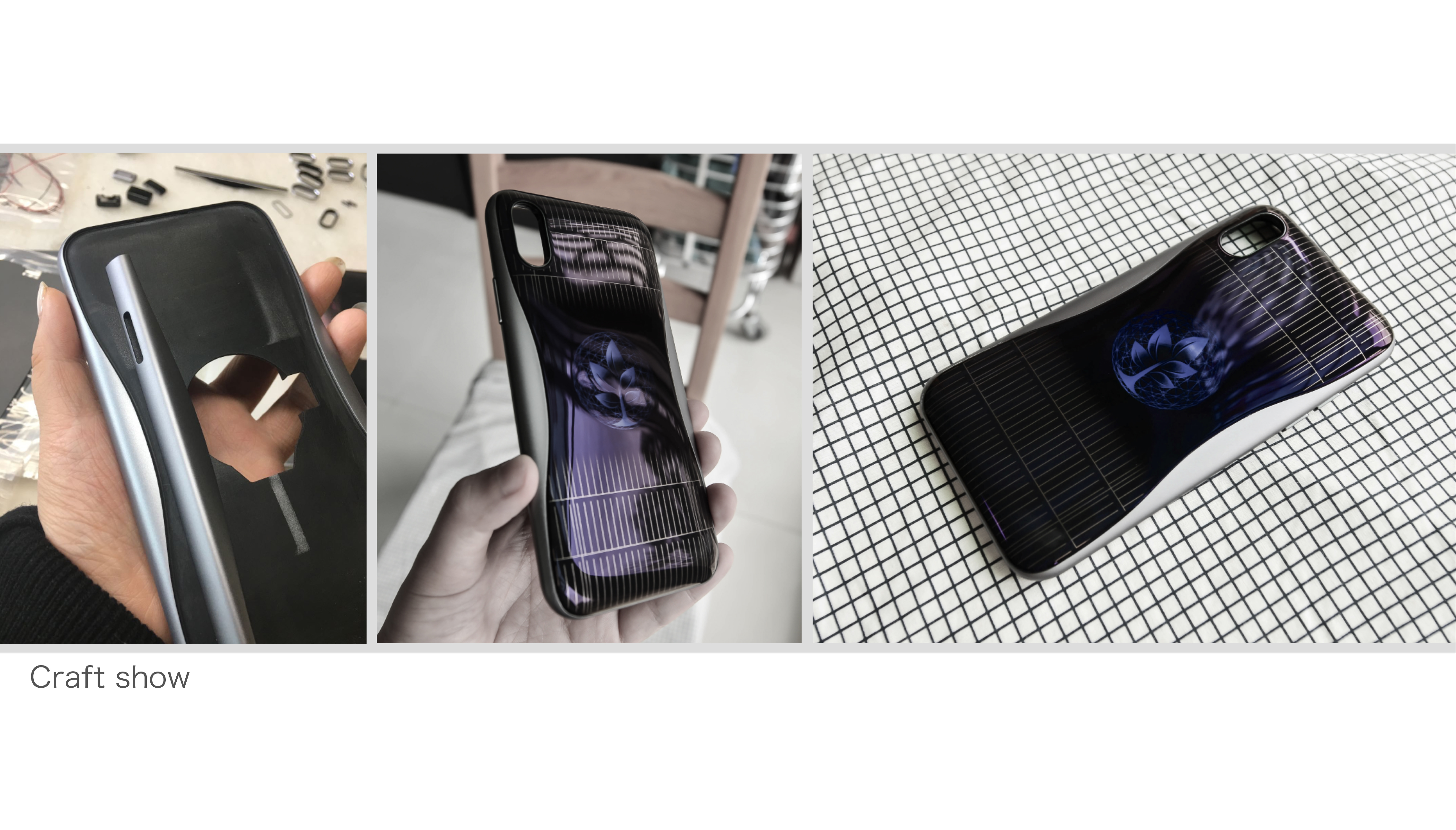A mobile phone case design that rides on the space-level solar chip ALTA, develops interactive games, collects sunlight through the sun, grows into trees, and is planted backstage by enterprises. Works from 3 years ago ~





The copyright of this work belongs to 185****0201. No use is allowed without explicit permission from owner.

New user?Create an account
Log In Reset your password.
Account existed?Log In
Read and agree to the User Agreement Terms of Use.

Please enter your email to reset your password
13695397577, please add me to WeChat
Beauty's own works? Communication, mobile phone case design
Is such a small area conversion rate enough? Generally, no one will bask in the sun with a mobile phone.
Traditional photovoltaic modules (PVA) are composed of hundreds or even thousands of small solar cells. Individual cells are packaged and protected by glass layers. The cells are connected by metal welds and need to be filled and isolated to prevent electrical arcs and intrusion from the space environment. In contrast, Hanergy Alta's Devices products consist of 10 to 100 times the size of flexible battery cells without glass packaging, which not only eliminates battery breakage accidents, reduces costs, but also eliminates the risk of electrical connection exposure. At the same time, different from the traditional single battery or CIC (glass encapsulated interconnected battery) installation method, Hanergy Alta Devices solar cell uses a large-area, high-capacity vacuum bonding process to achieve bonding with customer substrates.
In general, compared with traditional space solar cells, Hanergy Alta Devices technology and products provide better solutions for LEO satellite manufacturers in terms of balance of solar energy conversion efficiency, battery pack weight, battery durability, deployment speed and cost.
Photo: In April this year, Hanergy Alta Devices solar cells to power 60 small satellites.
According to information released by the Federal Communications Commission of the United States, it is expected that more than 15,000 low-Earth orbit small satellites will soon be deployed in the fields of communications, scientific research, military intelligence, remote sensing and the development of new technologies. Hanergy Alta Devices has a long history of cooperation with high value-added fields such as satellites and aerospace. In April this year, more than 60 ThinSats small satellites powered by Hanergy Alta Devices solar cells were successfully launched from NASA's Wallops Flight Facility in Virginia. At present, Hanergy Alta Devices is working with several top satellite manufacturers to apply its leading solar cell technology to recent launch missions.
Ding Jian, senior vice president of Hanergy Group and chief executive officer of Hanergy Alta Devices, said: "We have now established a dominant position in the high-altitude long-endurance UAV (HALE UAV) and high-altitude pseudo-satellite (HAPS) market, and will continue to serve LEO satellite projects with unique leading technologies. We believe that Alta's Devices solutions can effectively meet the needs of this fast-growing market."
At present, the highest conversion rate of gallium arsenide double junction thin film battery prepared by Hanergy Alta Devices reaches 31.6%, the highest conversion rate of single junction battery reaches 29.1%, and the conversion rate of single junction mass production components reaches 25.1%, maintaining the world's leading level. In addition, Professor Eli Yablonovitch and Professor Harry Atwater, two co-founders of Hanergy Alta Devices, won the William R.Cherry Award, which represents the highest academic awards in the industry, in 2017 and 2019 respectively.
It is understood that Hanergy Alta Devices can provide the world's most efficient, thinnest and flexible mobile energy technology, converting any type of light into electricity, thus expanding the system energy supply and in many cases completely replacing traditional power supply. The solution can be fully integrated into the terminal system and is very suitable for small satellites, unmanned systems, consumer electronics, sensors, automobiles, remote exploration or mobile carriers of any size and weight.
At that time, it was in a sensitive period of technology, and the patch package could only be operated back to China after the completion of the United States. The above technical introduction, can understand
It does feel like it needs to be improved.
What about the output?
What is the function of solar energy?
Does the mobile phone case also use space-grade chips?? There is also solar energy, which is too good, isn't it?
This is a bit like a fairy function, ha ha
Do you have this in kind?